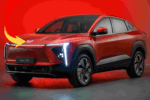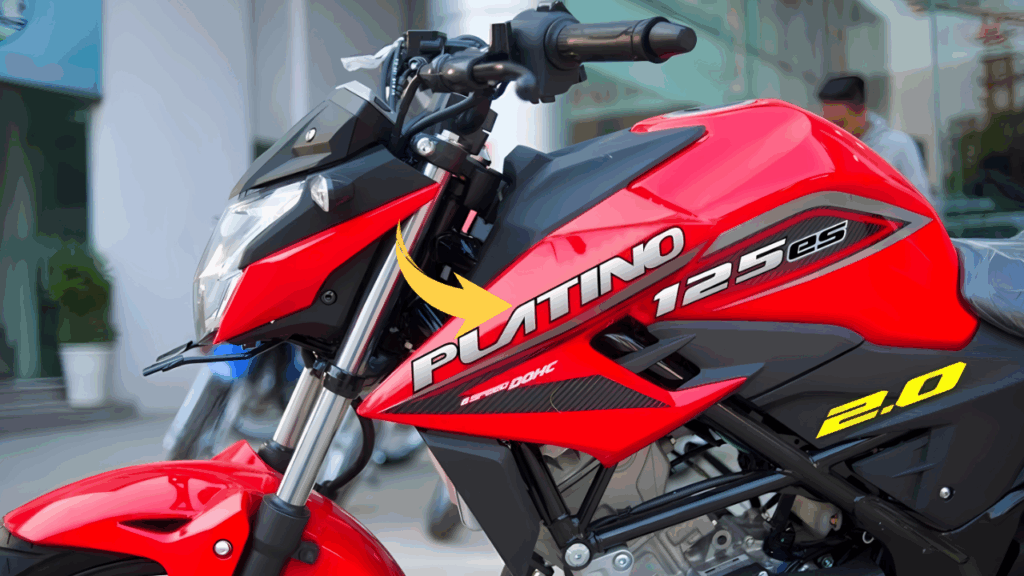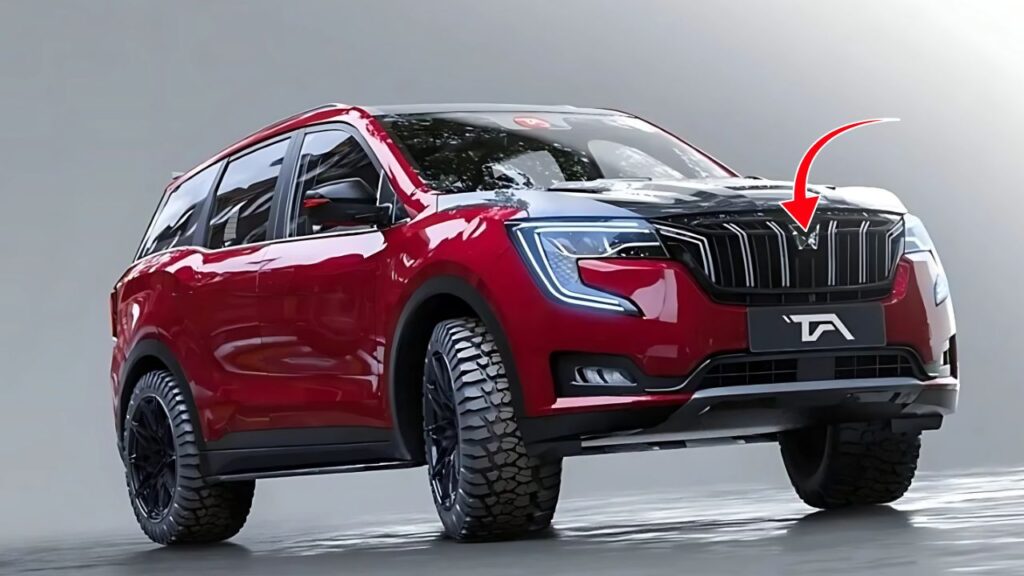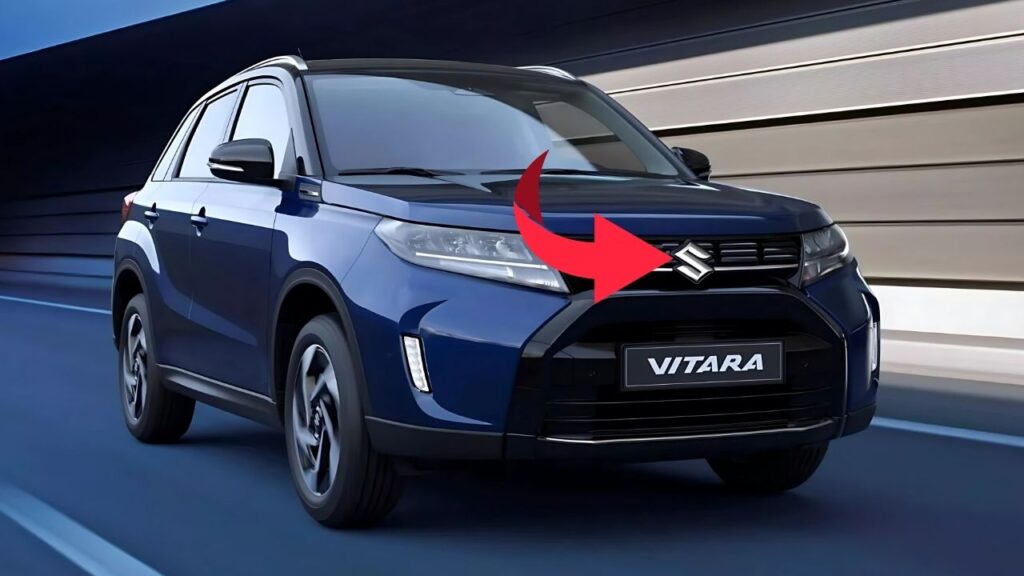Renault Kwid: In a market where first-time car buyers traditionally expected to compromise, the Renault Kwid arrived with a proposition that challenged conventional wisdom: affordability need not mean austere.
Launched in 2015 and subsequently evolved through thoughtful updates, this small hatchback has redefined expectations in India’s entry-level segment by combining SUV-inspired styling, practical features, and accessible pricing in a package that refuses to feel like a compromise.
Table of Contents
Renault Kwid: Origins: A Fresh Approach to Entry-Level Mobility
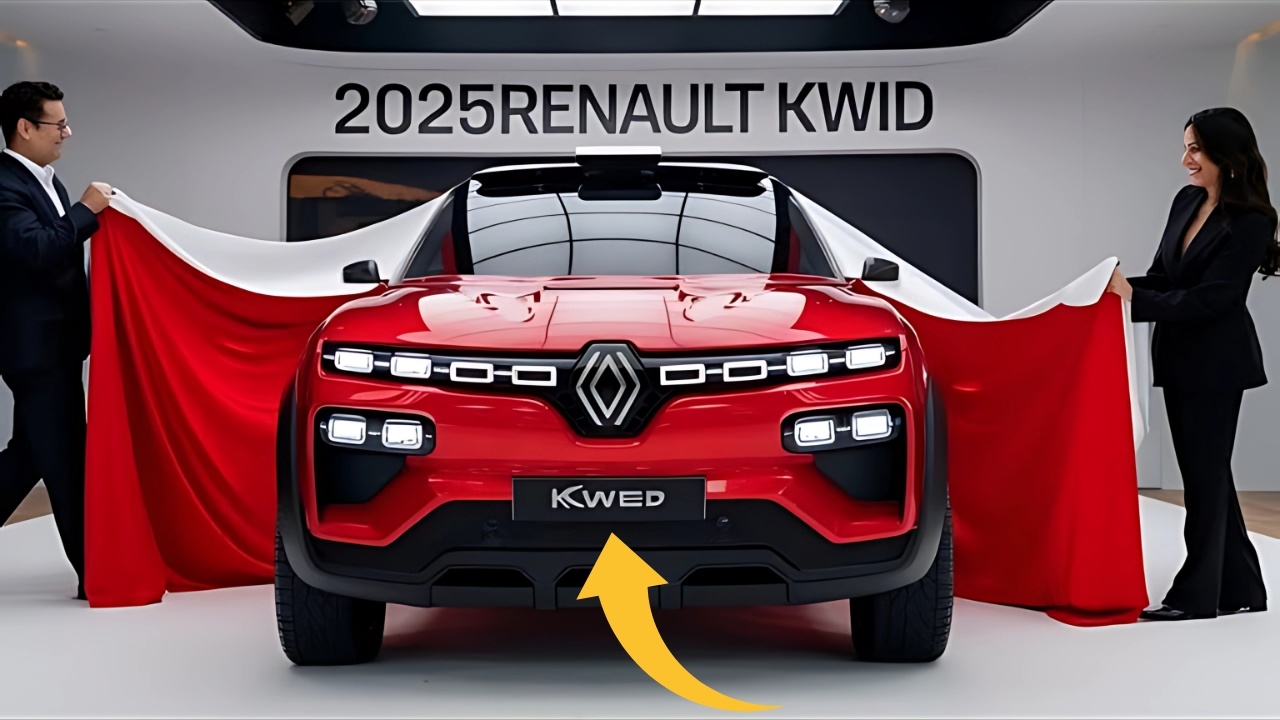
The Kwid’s development story begins not with adaptation of an existing European model but with a clean-sheet approach specifically targeting emerging markets like India and Brazil.
Renault recognized that simply decontenting their European small cars wouldn’t create a compelling product for these distinct markets, where buyer expectations, usage patterns, and road conditions differ significantly from those in developed economies.
This insight led to the creation of the CMF-A platform (Common Module Family-Affordable), developed by the Renault-Nissan Alliance with emerging markets as the primary focus.
The platform’s fundamental architecture prioritized factors critical to success in these markets: structural strength to handle challenging road conditions, efficient packaging to maximize interior space within compact exterior dimensions, and modular design allowing for cost-effective production across different body styles.
The Kwid represented the first implementation of this philosophy, with development led by Renault’s technical center in Chennai working in conjunction with their global engineering resources.
This collaborative approach balanced local market understanding with global technical expertise, resulting in a product uniquely suited to Indian requirements rather than merely adapted to them.
Design Philosophy: Small Car, Big Presence
The Kwid’s most immediately striking characteristic is its design language, which boldly borrows cues from SUVs rather than conventional hatchbacks.
The high stance, muscular wheel arches, and pronounced ground clearance (180mm – better than some compact SUVs) create a visual impression that belies both the vehicle’s dimensions and price positioning.
The front fascia features a distinctive grille with the prominent Renault diamond, flanked by angular headlamps that on higher variants include LED daytime running lights – a feature previously unheard of in this segment.
The hood’s central ridge creates a power dome effect that enhances the impression of substance, while black plastic cladding around the lower body reinforces the crossover aesthetic while providing practical protection from minor scrapes.
In profile, the Kwid’s proportions reveal thoughtful consideration of Indian requirements.
The short front and rear overhangs maximize interior space within the 3,731mm overall length, while the relatively tall roofline ensures adequate headroom despite the compact footprint.
The subtle character line running from the front fenders through the door handles to the wraparound tail lamps adds visual interest without unnecessary complexity.
The rear design continues the SUV-inspired theme with upright tail lamps positioned high on the body and a sculpted bumper with a silver skid plate-like element on higher variants.
The tailgate design prioritizes a low loading lip to facilitate easier access to the 279-liter boot – a capacity that rivals vehicles from the segment above.
Color options show understanding of Indian preferences, with bright options like Outback Bronze, Zanskar Blue, and Fiery Red allowing personalization and visibility in traffic, while practical choices like Moonlight Silver and Ice Cool White consider maintenance in dusty conditions.
Cabin Experience: Redefining “Basic Transportation”
Step inside the Kwid, and the most immediate impression is one of space. The dashboard design emphasizes horizontal lines and is pushed forward to maximize perceived space, while the high seating position provides both better visibility and easier ingress/egress – significant considerations for many first-time car buyers transitioning from two-wheelers.
Material quality reflects honest functionality rather than pretended premium aspirations.
The textured plastics resist scratches and fingerprints, while the fabric upholstery balances durability with comfort.
Later iterations introduced vibrant color accents on the air vents and gear surrounds, adding visual interest without significant cost implications.
Perhaps the most revolutionary aspect of the Kwid’s interior was its decision to prioritize technology over traditional premium features.
While some competitors offered wood trim or additional chrome, Renault made the bold choice to include a 7-inch touchscreen infotainment system with navigation on higher variants – a feature previously unimaginable at this price point.
This decision recognized the changing priorities of younger buyers, for whom digital connectivity often outweighs conventional luxury signifiers.
The front seats provide surprising comfort for extended journeys, with better bolstering than typically found in this segment.
The rear bench accommodates three passengers when necessary, though two adults represent the practical comfort limit.
The almost-flat floor (a benefit of the purpose-designed platform) eliminates the center tunnel that often makes the middle position uncomfortable in small cars.
Storage solutions throughout the cabin reveal attention to real-world usability. The dashboard features two gloveboxes – a conventional lower unit and an upper shelf ideal for documents and smaller items.
Door pockets accommodate 1-liter bottles, while the center console incorporates cleverly designed cubbies for smartphones and other everyday items.
These thoughtful touches transform daily usability without significant cost implications.
Powertrain Evolution: Efficient and Adequate
The Kwid launched with a single engine option – a 799cc three-cylinder petrol producing 54PS and 72Nm of torque, paired with a 5-speed manual transmission.
While modest on paper, this powerplant’s light weight (the entire car weighs approximately 660-670kg) ensured adequate urban performance while delivering exceptional fuel efficiency – certified at 25.17 km/l and regularly achieving 20+ km/l in real-world conditions.
Recognizing the need for a more confident highway performer, Renault subsequently introduced a larger 999cc version of the engine, producing 68PS and 91Nm.
This powertrain transformed the Kwid’s highway manners without significantly compromising efficiency, making it more versatile for customers using the car for occasional intercity travel.
Perhaps the most significant powertrain development came with the introduction of an automated manual transmission (AMT) option, branded as “Easy-R.”
This single-actuator system automates clutch operation and gear changes while utilizing the same manual transmission architecture, keeping costs significantly lower than conventional automatic transmissions.
While not offering the refinement of torque converter or dual-clutch systems, the AMT provides genuine convenience in stop-start traffic – a significant quality-of-life improvement for urban commuters at a modest price premium.
The driving experience across all powertrain combinations emphasizes ease of use rather than excitement.
The light clutch, precise shifter, and progressive throttle response make the Kwid particularly accessible to first-time drivers. The power delivery remains predictable and linear, if not particularly urgent, prioritizing driveability over outright performance.
Dynamic Character: Confidence Through Comfort
The Kwid’s road manners reflect careful calibration for Indian conditions rather than European handling ideals.
The suspension – MacPherson struts up front and a twist beam rear setup – delivers soft initial compliance that absorbs urban road imperfections effectively, creating a comfortable ride quality that belies the car’s price point.
While this comfort-oriented approach results in noticeable body roll during cornering, the progressive nature of the suspension movement maintains predictability that inspires confidence even for inexperienced drivers.
The electrically assisted power steering offers significant assistance at parking speeds while providing adequate weighting as velocity increases.
The 180mm ground clearance proves transformative in real-world usability, allowing the Kwid to navigate broken roads, unexpected obstacles, and substantial speed breakers without the scraping that plagues many small cars in India.
This capability, combined with the short overhangs, makes the Kwid surprisingly capable on rough roads that would challenge many larger vehicles with less ground clearance.
Braking performance comes from a front disc/rear drum setup that delivers adequate stopping power for the car’s weight and performance envelope.
The linear pedal feel contributes to the overall ease of driving that makes the Kwid particularly suitable for first-time car owners transitioning from two-wheelers.
Safety Evolution: Responding to Changing Expectations
The Kwid’s safety provisions have evolved significantly throughout its lifecycle, reflecting both regulatory changes and shifting consumer expectations.
The initial model focused primarily on structural strength, with a reinforced body structure designed to provide better protection than typically found in this price segment.
Subsequent updates progressively enhanced safety equipment. Driver airbag, ABS with EBD, and seat belt reminders became standard across all variants, with passenger airbags available on higher trims.
The latest iterations include reverse parking sensors, speed warning system, and pedestrian protection features that comply with enhanced regulatory requirements.
While the Kwid doesn’t match the comprehensive safety specifications of vehicles from higher segments, its evolutionary approach demonstrates Renault’s commitment to enhancing protection while maintaining accessibility – a balance that remains critical in a segment where affordability determines whether buyers can transition from two-wheelers to the inherently safer enclosed structure of a car.
Market Impact and Legacy
The Kwid’s introduction fundamentally altered the entry-level segment in India. Before its arrival, vehicles in this price bracket typically offered minimal features, dated designs, and an overall experience that constantly reminded owners of their compromise.
The Kwid’s fresh approach – delivering SUV-inspired styling, technology-focused features, and genuinely useful capability – forced competitors to reconsider their assumptions about what entry-level buyers would accept.
Sales figures tell the story of this impact. The Kwid quickly achieved monthly volumes exceeding 10,000 units during its peak, establishing Renault as a significant player in the Indian mass market after previous products had achieved only niche success.
While numbers have moderated as the model has aged and competition intensified, the Kwid maintains substantial presence in a challenging segment.
Perhaps the Kwid’s most significant legacy lies in how it changed buyer expectations permanently.
Features like touchscreen infotainment, digital instrument clusters, and SUV-inspired styling have become virtual requirements across the entry-level segment, with competitors forced to match or exceed the Kwid’s offerings to remain relevant.
This democratization of features previously reserved for higher segments represents a fundamental shift in how manufacturers approach affordable mobility.
For Renault, the Kwid established a template for success in emerging markets that has informed subsequent product development.
The same philosophy – purpose-designed platforms, locally relevant features, and bold styling – appears in later offerings like the Triber and Kiger, creating a distinctive identity for the brand in the Indian market.
Renault Kwid: Affordability Without Compromise
The Renault Kwid’s enduring significance comes from its rejection of the conventional wisdom that entry-level vehicles must feel compromised.
By prioritizing aspects that genuinely matter to target customers – distinctive styling, practical technology, real-world capability, and efficient operation – while making calculated decisions about where to moderate costs, the Kwid delivered a package that feels aspirational rather than merely accessible.
As India’s automotive market continues evolving, with increasingly sophisticated buyers expecting more from every segment, the Kwid’s approach remains instructive.
True value doesn’t come merely from meeting price points but from understanding which compromises customers will accept and which they won’t – then engineering solutions that deliver meaningfully on the latter while managing the former.
In that sense, the Kwid represents not just a successful product but a philosophy of accessible mobility that respects the aspirations of first-time car buyers rather than merely addressing their budget limitations.
That respect, more than any specific feature or specification, may be its most important contribution to India’s automotive landscape.
